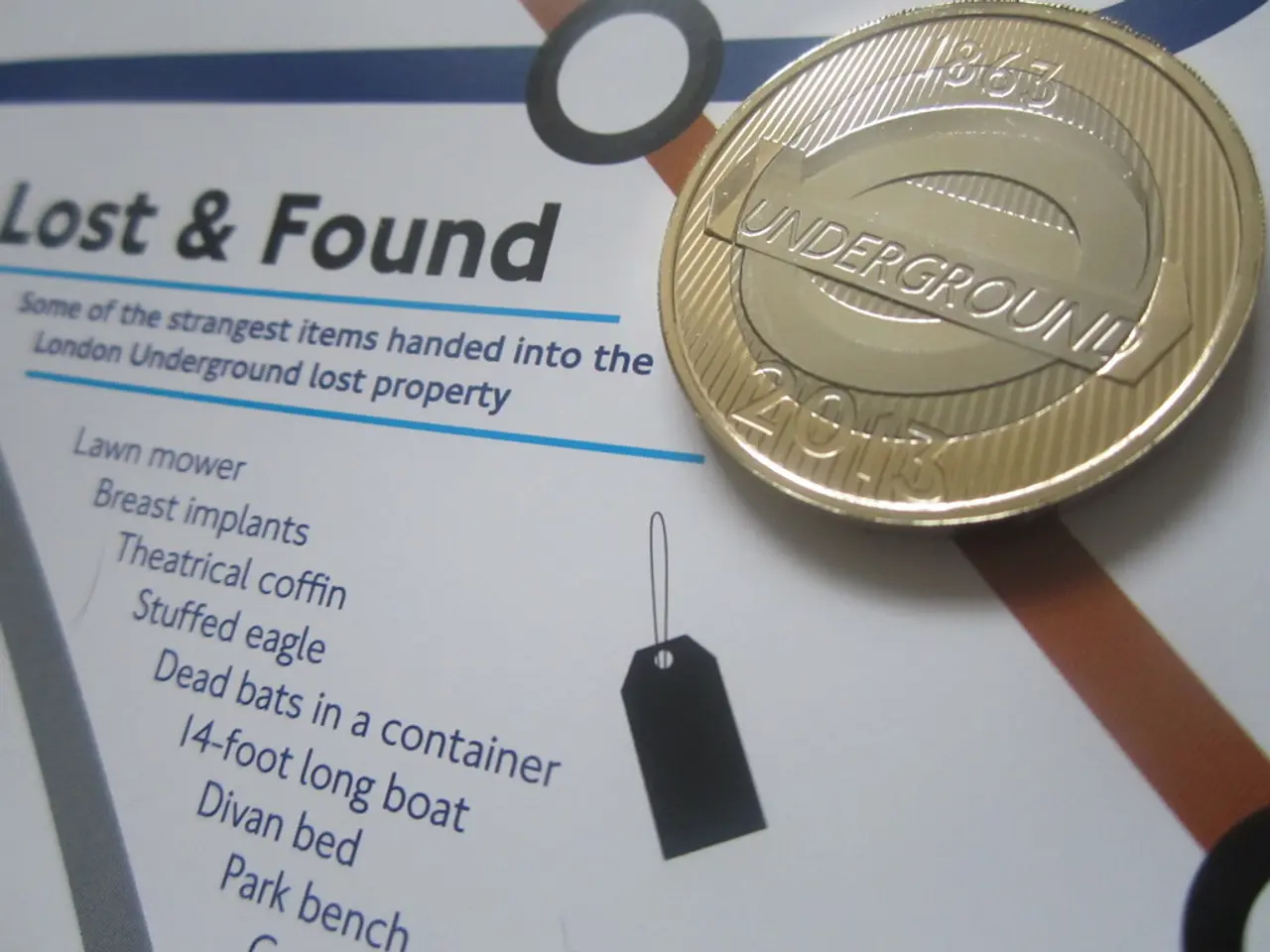Urgent Proposal for Central Bank Settlement using Distributed Ledger Technology (DLT) and Expansion of Collateral Eligibility by AFME
In the European Union (EU), tokenized securities are navigating a complex and evolving regulatory landscape regarding their eligibility as collateral when banks borrow from central banks. Here's an overview of the current situation and proposals for change.
The EU Markets in Crypto-Assets (MiCA) Regulation, effective January 2025, sets a regulatory licensing framework for Crypto Asset Service Providers (CASPs) but does not explicitly govern tokenized securities as collateral for central bank borrowing. The focus of MiCA is on licensing, Anti-Money Laundering (AML), and data transfer rules for crypto services, but it does not yet extend to collateral eligibility rules for central banks.
The Association for Financial Markets in Europe (AFME) has published a paper outlining two critical steps for scaling DLT in capital markets in the EU. One of these steps is the urgent need for a settlement solution for tokenized assets using central bank money. The European Central Bank (ECB) already announced plans for central bank money DLT settlement in February.
The ECB's interim solution will be available relatively quickly, and digital securities part of the DLT Pilot Regime will qualify for central bank credit eligibility. Deutsche Boerse's Eurex is readying to launch intraday repo using these settlement solutions.
The second critical step is for tokenized securities to be considered eligible as collateral when banks borrow money from their central bank. Proposals and regulatory movements indicate progress toward broader acceptance under strict compliance and risk frameworks.
AFME suggests that regulatory requirements such as MiFID II or CRD/CRR for the entity operating the DLT could suffice for collateral eligibility. The ECB's plans involve an interim solution and a longer-term wholesale central bank digital currency (wCBDC) solution.
ESMA’s recent reports propose loosening restrictive thresholds and operational challenges present in the existing DLT Pilot Regime to foster broader DLT and tokenization adoption, which could smooth the path for tokenized securities becoming acceptable collateral in financial markets. The European Fund and Asset Management Association (EFAMA) and ESMA have recently advocated for regulatory clarity and flexibility to support the adoption of tokenization and DLT in the EU financial sector.
However, only two infrastructures have DLT Pilot Regime licenses, and only one has launched. The lack of statutory settlement finality could be substituted with contractual agreements, as demonstrated by the Malta Financial Services Authority (MFSA) examples, where collateral agreements and security interests can explicitly cover tokenized assets, but these remain within private or issuer-specific agreements rather than comprehensive EU-wide regulatory collateral eligibility for central banks.
The vast majority of digital securities are not registered, which is a requirement for eligible marketable securities under current laws. Sixty-four institutions participated in wholesale DLT trials during 2024, involving three different technology solutions. AFME also requested that the pre-funding requirement for the TIPS settlement solution and the wCBDC be dropped, to prevent fragmentation of liquidity.
In summary, while MiCA regulates crypto asset providers and EFAMA/ESMA promote supportive regulatory evolution, explicit EU-wide regulations allowing tokenized securities as collateral for borrowing from central banks are still under development. The future framework will likely demand strong compliance, licensed custody arrangements, and risk-based flexible rules emerging from ongoing pilot regimes and ESMA input to consider tokenized securities eligible collateral in central banking operations.
[1] https://ec.europa.eu/info/law/better-regulation/have-your-say/initiatives/12526-MiCA-Regulation-on-Markets-in-Crypto-Assets [2] https://www.efama.org/-/media/files/efama/documents/news/press-releases/2022/02/2022-02-23-esma-proposes-to-loosen-restrictive-thresholds-and-operational-challenges-present-in-the-existing-dlt-pilot-regime-to-foster-broader-adoption-of-dlt-and-tokenisation-in-the-eu-financial-sector.pdf [3] https://www.etoro.com/about/press/2021/04/13/etoro-announces-tokenized-us-stocks-and-etfs-for-eu-investors-on-compliant-blockchain-platforms/ [4] https://www.mfsa.mt/media/2850/mfsa-consultation-paper-on-the-proposed-regulation-of-virtual-financial-assets-vfa-agents-and-virtual-token-offerings-vto-agents.pdf [5] https://www.sec.gov/news/public-statement/statement-clayton-2018-04-03
- The EU Markets in Crypto-Assets (MiCA) Regulation, effective from January 2025, regulates Crypto Asset Service Providers (CASPs), but does not yet extend to collateral eligibility rules for central banks regarding tokenized securities as collateral.
- The European Central Bank (ECB) plans for central bank money DLT settlement and an interim solution will allow digital securities part of the DLT Pilot Regime to qualify for central bank credit eligibility, while the ECB's long-term solution involves a wholesale central bank digital currency (wCBDC).
- Association for Financial Markets in Europe (AFME) suggests that regulatory requirements such as MiFID II or CRD/CRR for the entity operating the DLT could suffice for collateral eligibility of tokenized securities.
- Sixty-four institutions participated in wholesale DLT trials during 2024, involving three different technology solutions, but only two infrastructures have DLT Pilot Regime licenses, and only one has launched.
- In the evolving regulatory landscape of the EU, proposals and regulatory movements indicate progress toward broader acceptance of tokenized securities as eligible collateral for banks borrowing from their central bank, under strict compliance and risk frameworks.




